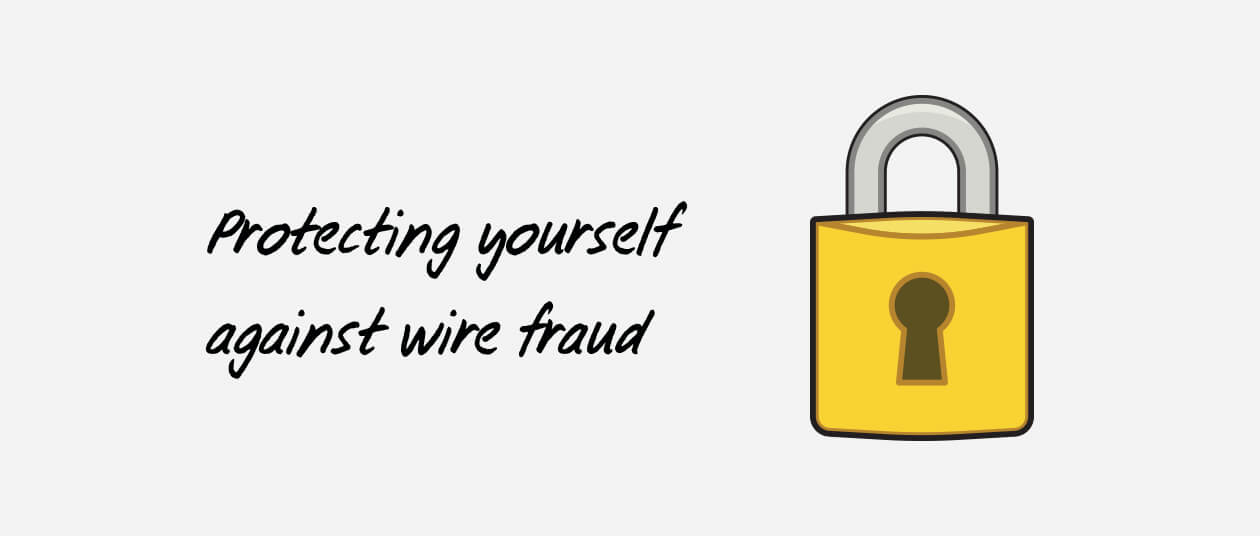Many business owners who are passionate about what they do often have trouble separating themselves from their company. But as tax time approaches, some Canadian small business owners and professionals will revisit a common but somewhat complicated question—whether to invest inside their own corporation, in an RRSP, or both. There are important considerations in each scenario. If you are incorporated and need help deciding what’s best for you, read on for some smart answers on where and how to grow your hard-won earnings.
The ins and outs of RRSPs.
Starting with a little background on RRSPs: Registered Retirement Saving Plans have been around in Canada since 1957. The idea behind an RRSP is that money you deposit is not taxable until it’s withdrawn, at which point, the logic goes, you will be retired and thus in a lower tax bracket.
The amount of money you’re allowed to contribute in this way is currently set at 18% of your earned income up to a maximum of $27,830. For the 2022 taxation year, the RRSP contribution limit will be $29,210. When calculating your earned income, note that the salary you receive from your corporation counts. Dividends do not. This distinction will become important when deciding between investment vehicles.
Another thing to understand is that unused RRSP contribution room rolls over so you can defer and claim the unused portion in the subsequent tax year. If you’re unsure about your current RRSP contribution limit, you can find it by logging in to your Canada Revenue Agency (CRA) account.
Salary vs. dividends: What you need to know.
As a small business owner, you have to decide whether to receive your compensation as a salary or as dividends. If you take a salary, the CRA considers that money part of your earned income, the total of which affects your annual RRSP contribution limit.
You can be strategic when deciding on your compensation package. “Only salary creates CPP contributions, not dividends,” says Colleen Ciccozzi, Senior Manager, Wealth Programs, at Coast Capital Savings. “If an individual wants that full government pension, then they have to pay themselves at least $64,900 in 2022 and make the appropriate contributions,” says Ciccozzi.
Dividends are distributed profits from your company, paid out as cash or in stock. The CRA does not consider dividends part of your earned income so taking this form of compensation can lower your personal tax rate. On the other hand, it won’t increase your RRSP contribution room, nor will it reduce your corporation’s tax rate. However, Ciccozzi says, “the company gets a refund of part of the tax paid on its earnings once an eligible dividend is paid to the shareholder.”
Knowing this, the next thing to do is ask yourself these questions:
- Do I reduce my company’s income to maintain the small business tax rate?
- Do I want to contribute to an RRSP or qualify for a personal loan or mortgage?
If your answer is yes to either of these questions, says Ciccozzi, you should probably consider taking your income as a salary. If neither scenario applies, you could choose to take dividends as income and look to save for retirement in a corporate account. Or, you might split your earnings between salary and dividends to maximize your tax position personally and in your company.
Delving into the pros and cons of your decision.
Whether you decide to take a salary or dividends, each strategy has its positives and negatives. The main benefits to getting a salary and investing in a RRSP are:
- Your RRSP will usually be exempt from any creditor claims, unless there’s fraud.
- Capital flows out from the company through salary payments, which means you can build retirement assets over time rather than waiting until the sale of the corporation (which may not happen).
- Salary payments reduce the taxable income of the corporation, which can reduce your overall tax bill
If, however, you choose to invest through your company, you’ll have access to these benefits:
- Your funds remain within the company and are available for business use.
- If your investments appreciate, when you sell them you will pay capital gains tax on the profit rather than your full income tax rate. Be aware, however, that the capital gains tax rate could change at any time.
Understanding the tax implications.
As the owner of a small business, your decision will impact your personal and corporate tax structures. It can be difficult to decipher the best situation for both entities. To help, Kelly Rust, CEO at SheDo Tax Company, shares these high-level considerations:
- When you invest in a RRSP, you can defer some tax obligations within the current year. “If you were to invest in an RRSP by the deadline of March 1, 2021, you can apply that contribution as a deduction towards any taxable income when filing your 2020 T1 personal income tax return,” says Rust, adding that a $10,000 contribution could mean a tax savings of a few thousand dollars.
- You will pay tax on RRSP monies if they are withdrawn early. “Often taxpayers can’t wrap their heads around why they are paying on the withdrawal. If you contribute and take the RRSP deduction and another year withdraw the contribution, it will revert back and need to be claimed as income,” Rust warns. The tax you will pay at that time depends on your tax bracket and other sources of income when you file your return. Rust notes that if the company has a capital gain, currently, 50% of that gain is taxable at the corporate rate. Though, this inclusion rate could change in future federal budgets. With RRSP withdrawals, 100% is taxed. So it’s important to be strategic if you think you might need the money before retirement.
- If you invest within your corporation in a non-registered account, not only would you not get the tax deferral option but the tax implications can be complicated to understand. Rust explains: “Many individuals believe that if they are investing within their corporation, they are only being taxed at the small business corporate tax rate and are unaware of the separate tax rates specific to investment income.” As an example, the federal component of corporate tax in Ontario is 9% and the Ontario component is 3.2%. Combined, that is a small business corporate tax rate (under $500,000) of 12.2%. However, the tax rate on investment income would be 38.7% federally and 11.5% provincially for a total of 50.2%.
- There are refundable tax credits on the corporate side to assist with the high tax rate. However, as Rust explains, “it could be possible that you pay 50.2% on the investment income in one year and not get the refundable credit until a future year once dividends are paid out.” Using the same figure of a $10,000 investment, if it’s received by the corporation in the 2020 taxation year from interest on investments, that income remains in the corporation for 2020. So you pay $5,020 on tax. In 2021, with dividends declared, you get the tax credit. “If the tax credit is eligible in the same year that the interest income was made, it may bring the tax rate down to approximately 20%.”
These are broad considerations designed to help you prepare your tax strategy. Before you file, be sure to consult with a tax specialist to ensure the best decisions for your situation.
Last but not least, the Individual Pension Plan.
In developing your tax strategy, there’s yet another option to field. If you’re over 40 years old and taking a consistent salary of $125,000 or more, you might want to consider an Individual Pension Plan (IPP). With this plan, the corporation can open an IPP account and contribute on their behalf, in lieu of RRSP savings, until retirement or the sale of the company. There are three big benefits to going this route.
- The maximum contribution limit is much higher in an IPP than a RRSP. In 2022, contributions range from $33,375 to $50,513, depending on the age of the beneficiary, compared to the $30,780 allowed in a RRSP.
- Company IPP contributions are a deduction and help reduce taxable income. This is particularly helpful for your small business tax rates.
- In the event that you have a family company with more than one generation in the IPP program, it’s possible in some scenarios that the unused IPP assets from a parent may be used by the children.
As a small business owner, your investment strategy will impact your personal and professional tax structures, which can have far-reaching consequences on your life and business.



